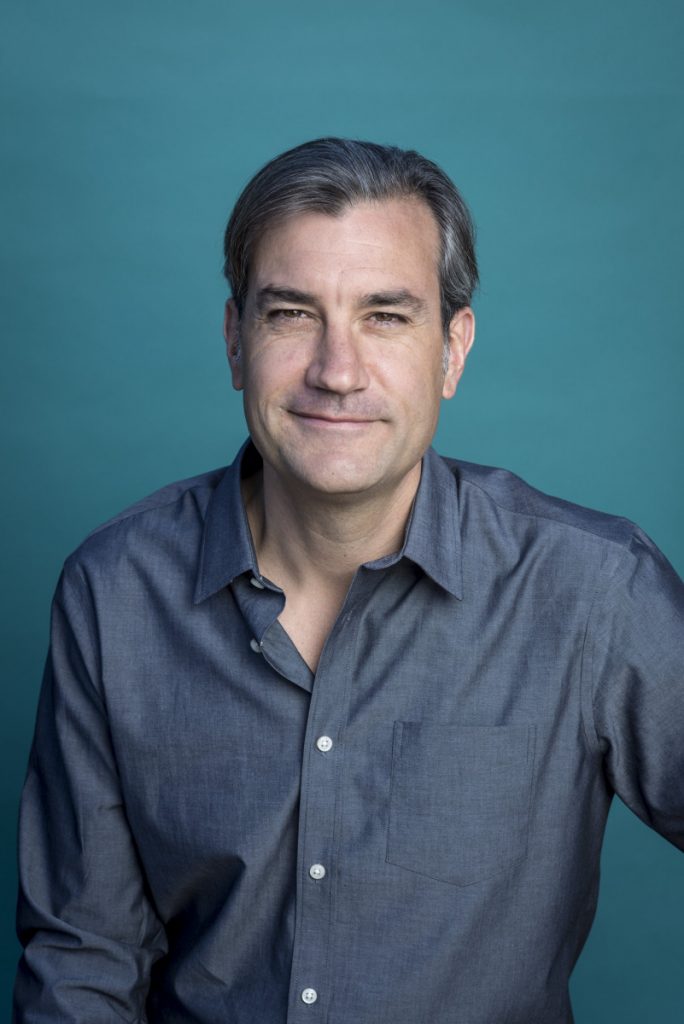
Not long ago, I flew to Chicago with a list of phone numbers, an interview itinerary with several social workers, ER doctors, and victims of gun violence, and a book project that was already unraveling, although I didn’t know that yet.
[Matt Donovan, photo by Brandan Sodor]
More than a year into writing a journalistic exploration of guns in America, I had an agent, deadlines, punchy chapter subtitles, and a two-sentence handwritten mantra pinned above my desk: Figure it out. Get to work.
Given the structure and premise of my planned book, “getting to work” often meant jetting off to different locations to ask a single pre-determined question about guns. A few weeks prior to arriving in Chicago, I’d traveled to Cody, Wyoming, to speak with teachers, parents, and the town’s sheriff about a new proposal to arm public school staff. Soon, I’d be spending the entire day with a ballistic detective in Cleveland. And my misguided agenda for Chicago? To ask about a trauma surgeon’s claim that we could change public opinion about guns by barraging the public, in the wake of a mass shooting, with graphic photographs that capture the way a bullet ravages the human body.
Given all the inherent problems with that question, I’m humbled by the patience, kindness, and generosity of the Chicago residents with whom I spoke. I’m particularly indebted to two people who ultimately revealed to me the myopic nature of my approach.
The day after I arrived in the city, artist Garland Martin Taylor offered me an extended tour of his studio. I tried to capture just one of his beautiful, multifaceted, ever-changing sculptures in “Here the Thing with Feathers Isn’t Hope,” and the ways in which Taylor’s artwork uses metaphor to interrogate firearms helped me understand that I needed to rework my planned nonfiction book into a collection of poems.
And then I met Pamela Bosley, co-founder of Purpose Over Pain, an organization that fights for gun law reform and offers support to parents who have lost their children to gun violence. In a conference room in Saint Sabina, a church on the city’s South Side, Bosley began our conversation by matter-of-factly describing the murder of her son. Her response to the tone-deaf question that I eventually asked is incorporated verbatim into my poem, “The Wrong Question More Than Once,” which I hope reflects my failure in that moment to understand the most fundamental truths about race and empathy in America.
After our discussion, Bosley led me outside to the sprawling memorial wall which commemorates hundreds of neighborhood residents. She pointed to a photo of her son—grinning in a white tuxedo and holding a cane—that was captioned “A Night of Elegance, Prom 2005.” I stood there on the sidewalk, looking at a picture of Terrell Bosley—whose nickname had been Mr. Music, who had been killed at the age of eighteen while unloading a drum set in the parking lot of a church—having just asked, a few minutes earlier, about whether photographs of the dead could enact grief and change.
Matt Donovan is the author of two collections of poetry—Rapture & the Big Bam (Tupelo Press 2017) and Vellum (Mariner 2007), as well as a book of lyric essays, A Cloud of Unusual Size and Shape: Meditations on Ruin and Redemption (Trinity University Press 2016). A new collection of poems—The Dug-Up Gun Museum—will be published by BOA Editions in 2022. Donovan is the recipient of a Whiting Award, a Rome Prize in Literature, a Creative Capital Grant, and an NEA Fellowship in Literature. He serves as Director of the Boutelle-Day Poetry Center at Smith College.